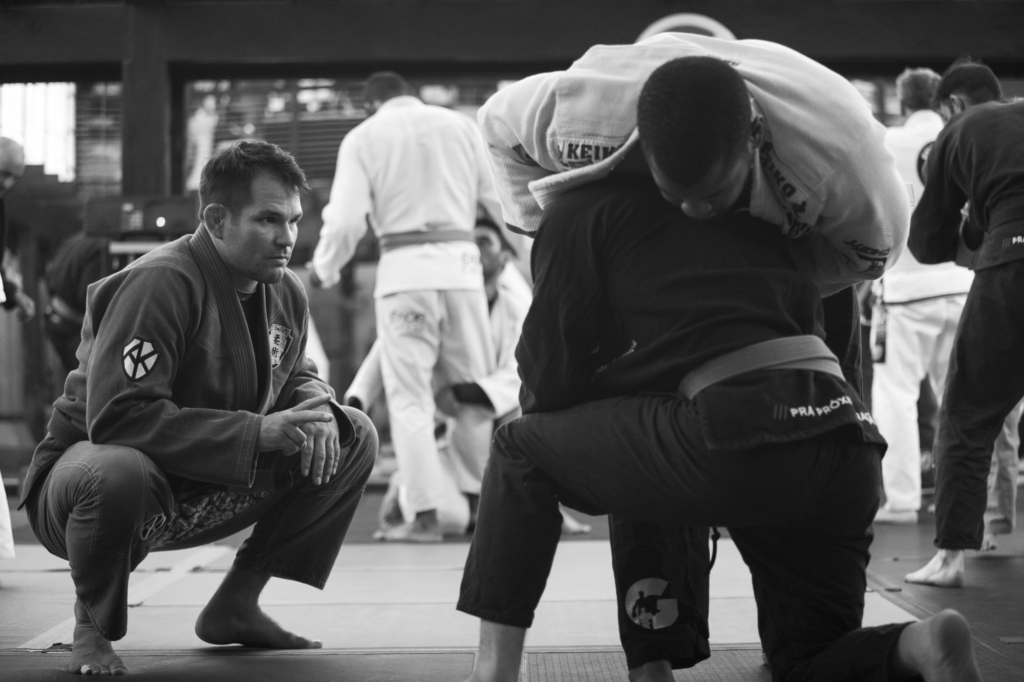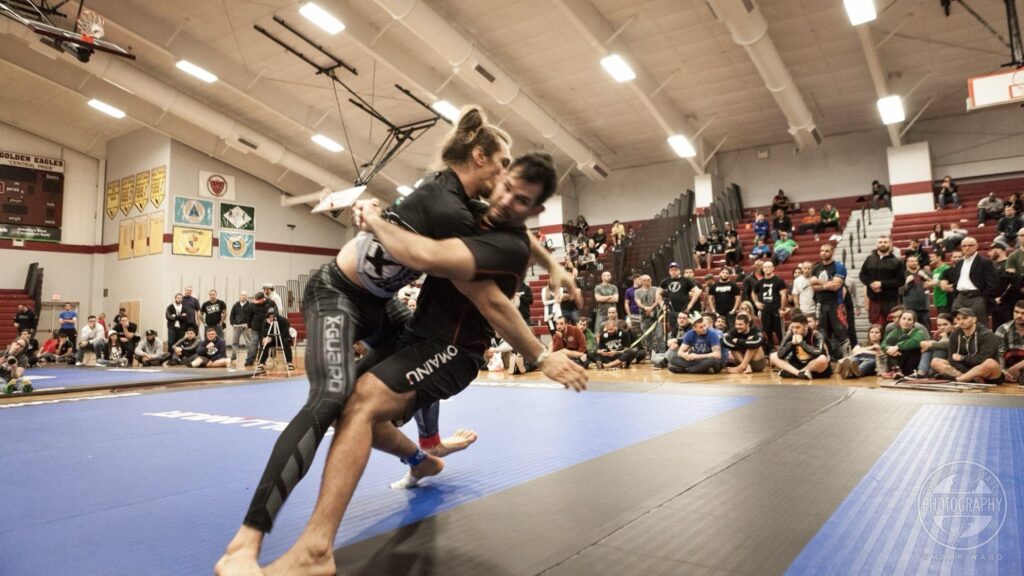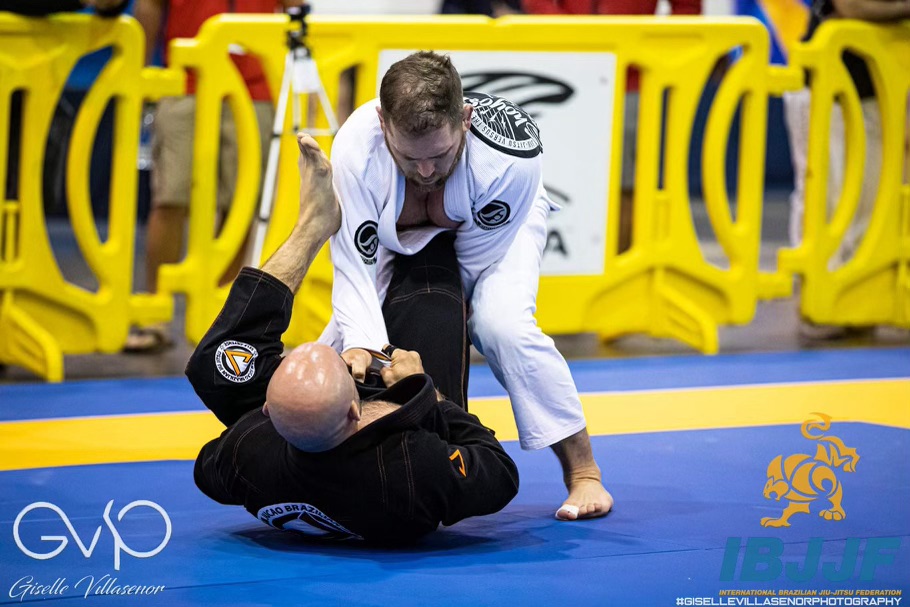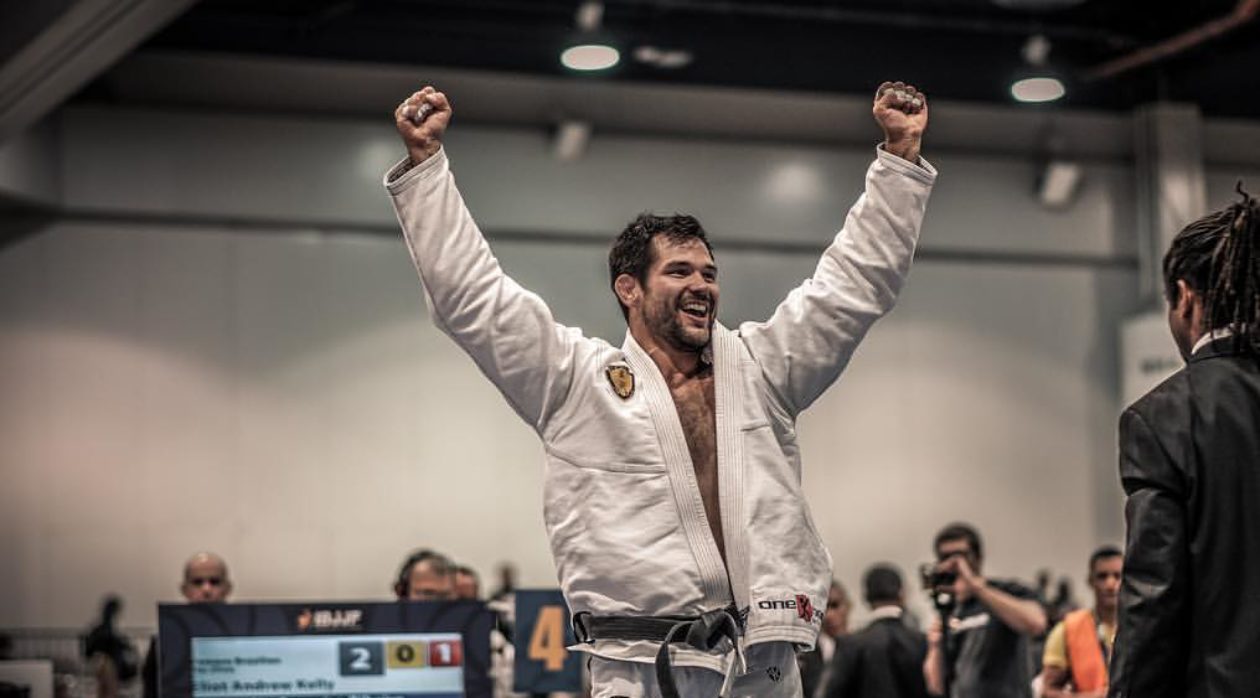
In Brazilian Jiu-Jitsu (BJJ), success often comes not from sheer force but from the ability to outthink and outmaneuver your opponent. One of the most effective ways to do this is by using your opponent’s movement or attack as a setup for your counterattack. This concept lies at the heart of what makes BJJ such an intricate and beautiful martial art—turning your opponent’s aggression or momentum into an opportunity to advance your own position or secure a submission.
Understanding the Flow of Movement
BJJ is often described as a “game of human chess,” where every move has a counter, and each action creates a reaction. As you develop your skills, you’ll begin to understand how to anticipate your opponent’s next move based on their current position and momentum. This anticipation allows you to stay one step ahead, not just reacting to what your opponent is doing but also setting traps and creating opportunities for counterattacks.

The Art of Timing and Leverage
Timing is everything in BJJ. When your opponent commits to a movement—whether it’s a pass, a submission attempt, or a transition—they momentarily expose themselves. These moments of commitment are your windows of opportunity. By recognizing these moments and responding with precision, you can use their movement against them.
For instance, if your opponent tries to pass your guard aggressively, their focus is on getting around your legs and securing side control. This forward momentum can be used to your advantage. A well-timed sweep, leverages their commitment to the pass, turning their aggression into your advantage. Suddenly, the roles are reversed, and you’re on top, controlling the pace of the match.
Examples of Counterattacks in BJJ
- Guillotine from a Takedown Attempt: If your opponent shoots in for a takedown, their neck is often exposed. By recognizing the opening, you can sink in a guillotine choke as they drive forward. Their momentum helps you lock in the submission.
- Triangle from Overcommitment in the Guard: When your opponent postures up and tries to break your guard by pushing down on your hips or shoulders, they often leave their arm exposed. By quickly adjusting your hips and positioning your legs, you can set up a triangle, using their own pressure against them.

Training the Art of Counterattacks
To effectively use your opponent’s movement or attack as a setup for your counterattack, you need to drill these scenarios regularly. Start slow, focusing on the mechanics and timing of each technique. As you become more comfortable, gradually increase the intensity, simulating the pressure and speed you’ll face in live sparring.
At El Dorado Hills Jiu Jitsu, we emphasize the importance of sparring in the 30-60%—rolling with a partner at a slower pace to develop a deep understanding of transitions and counters. This type of training allows you to experiment with different reactions to your opponent’s movements and helps you build the muscle memory needed to execute counters in live situations.

Using your opponent’s movement to set up a counterattack is a fundamental aspect of Brazilian Jiu-Jitsu that highlights the art’s emphasis on strategy and technique over brute strength. By learning to anticipate and capitalize on your opponent’s actions, you not only improve your own game but also embody the essence of BJJ—using skill and strategy to overcome even the most challenging opponents.
Whether you’re just starting out or have been training for years, this concept is one that will continuously evolve as you refine your skills. At El Dorado Hills Jiu Jitsu, we’re here to guide you on this journey, helping you master the art of the counterattack and elevate your BJJ game to new heights.
